- Home
- slideshows
- miscellaneous
- Gut-wrenching photos show what a hellish nightmare it already is to get around Long Island City, Amazon's new HQ2 headquarters
Gut-wrenching photos show what a hellish nightmare it already is to get around Long Island City, Amazon's new HQ2 headquarters
Before we hop on the 7 train , it’s important to understand its history. The IRT Flushing Line — its official name — opened in 1915, when most of the area was still farm land.

It was the first service into Long Island from Grand Central Terminal, which had been completed about 50 years earlier, and rebuilt just two years before the 7 train was open for service.
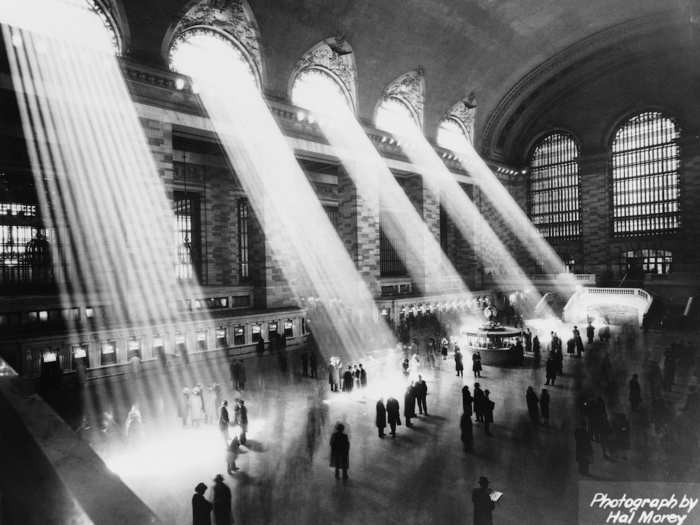
At this point, the line was known as the Queensboro Line, after both its destination and the Queensboro Plaza station just on the other side of the river, which happens to be very near Amazon’s chosen location.
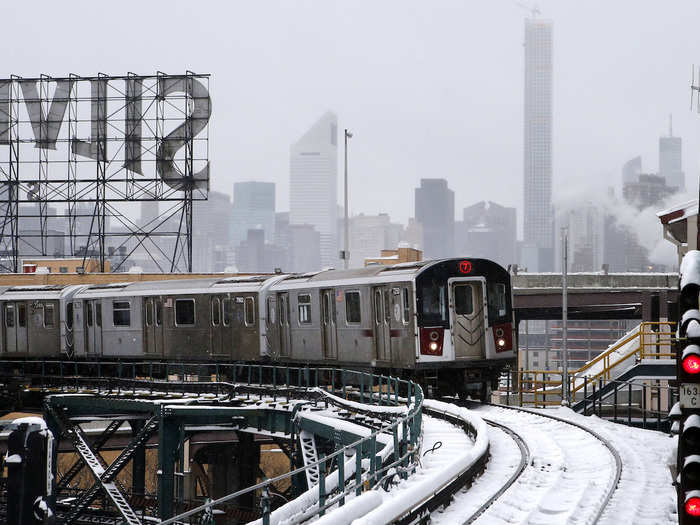
It’s also home to one of the most famous photograph spots for the subway and NYC skyline together.
But this journey isn’t starting in Manhattan. I’m going to take the 7 train from its far western terminus, in Flushing, Queens, to see how crowded the line already is — before Amazon comes to town.
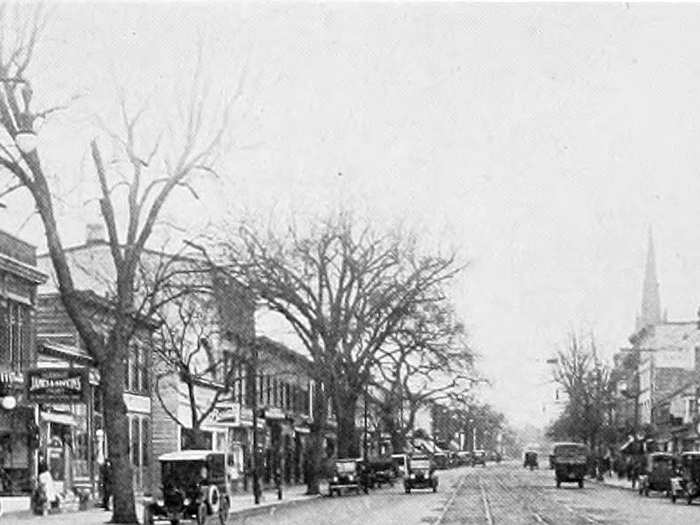
Flushing began as a Dutch colonial town in the 1600’s. By the 19th century, it had New York’s first public high school, and eventually joined the amalgamated borough of Queens in 1898, despite its original reticence to the idea. While much of Queens remained verdant farmland after the city’s incorporation, Flushing was already densely populated.
Unfortunately for my research, I don’t live in Queens. Instead, I’m starting my morning with an early Lyft ride from Brooklyn.
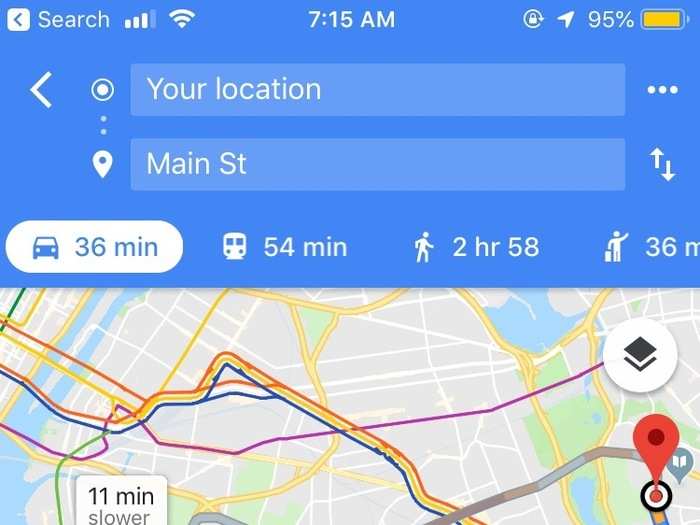
Traffic wasn’t terrible, and I beat Google’s estimate by about 5 minutes thanks to some nifty driving.
Flushing is densely populated — and full of delicious food. These streets were laid out more than a century ago, so its easy to see why it's even more crowded today.
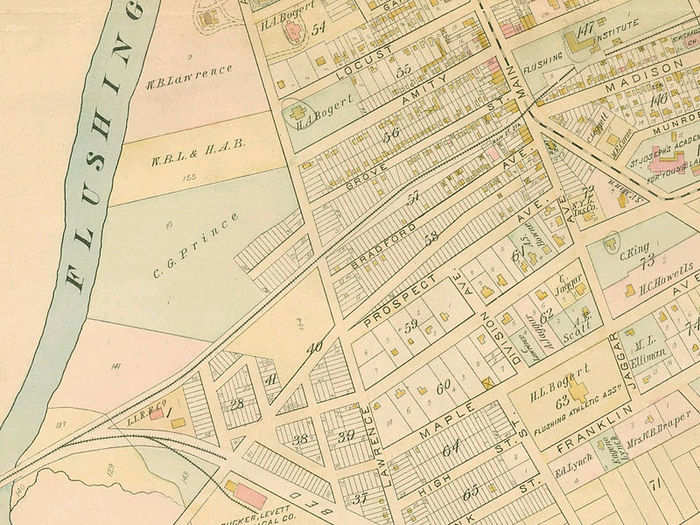
You can see the tracks I’m about to ride on this map from 1891.
As much as I'd love to hang out and show you all of the culinary options, my only focus at 8 a.m. is to get on this train and head into work.
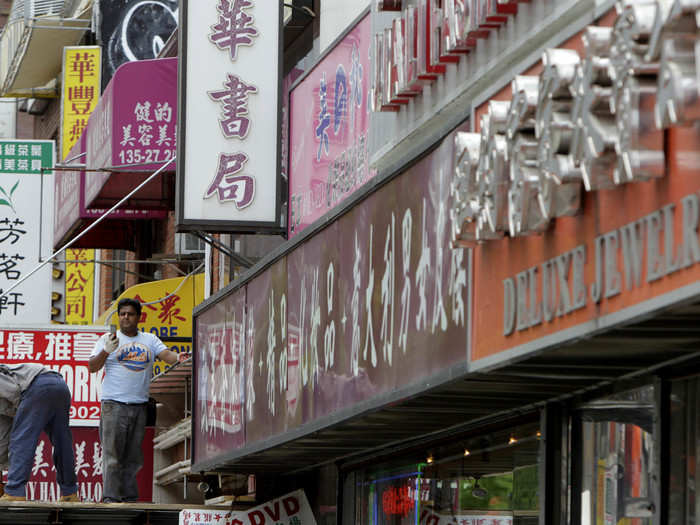
From standing on the street corner, it’d be hard to tell you’re more than 8 miles from Times Square. Most of my trip will be above ground, but we’re starting underground.
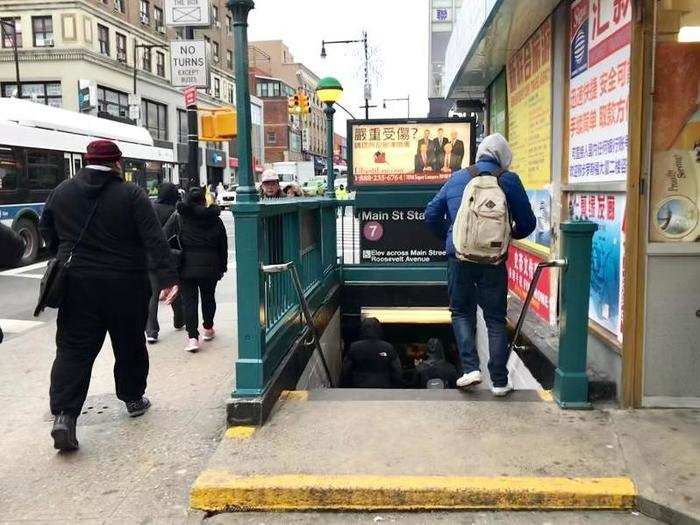
It's right in the middle of rush hour and both sets of turnstiles are crowded. Please excuse my blurry photo — I didn’t want to get in the way of rushed commuters.
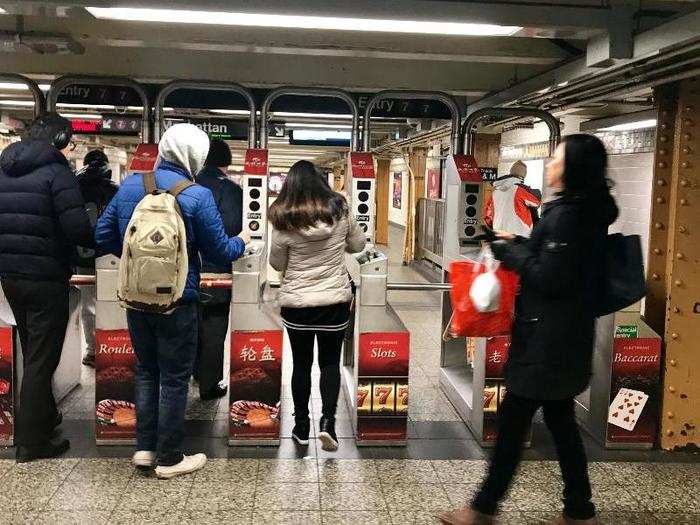
There’s a train already on the platform when I make it down the stairs, but zero chance that I can fit on.
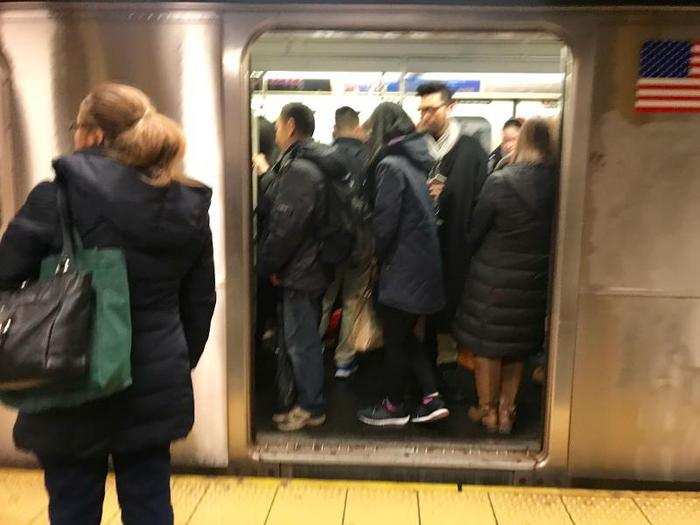
There’s both local and express service on this line. My trip on an express train — which only run in the peak direction during rush hours — will be only 12 stops, compared to the usual 22.
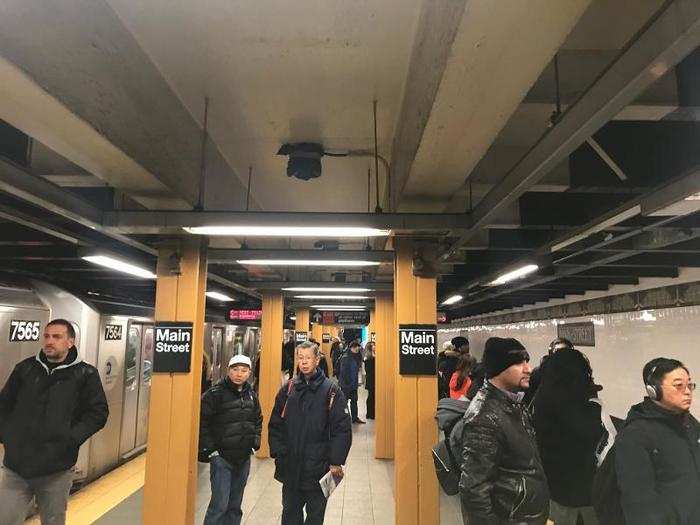
As our train pulls in, it’s already a crunch to get close to the doors for boarding.
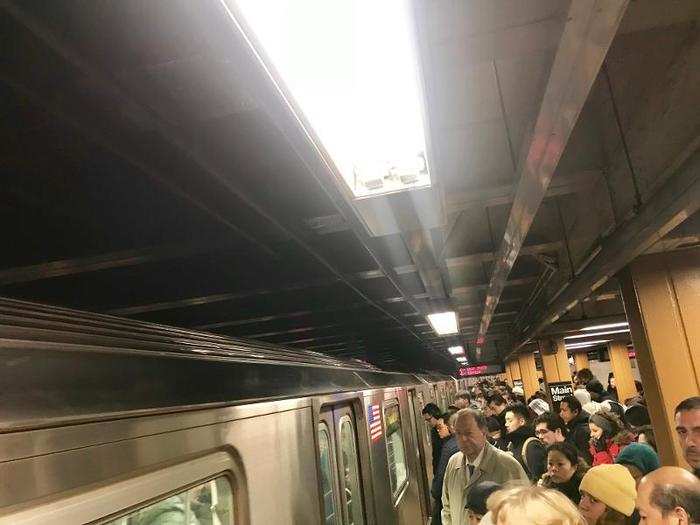
All aboard! The platform fills up quick after each train leaves. A few seconds after the doors opened, this train was full and ready to depart — right on schedule.
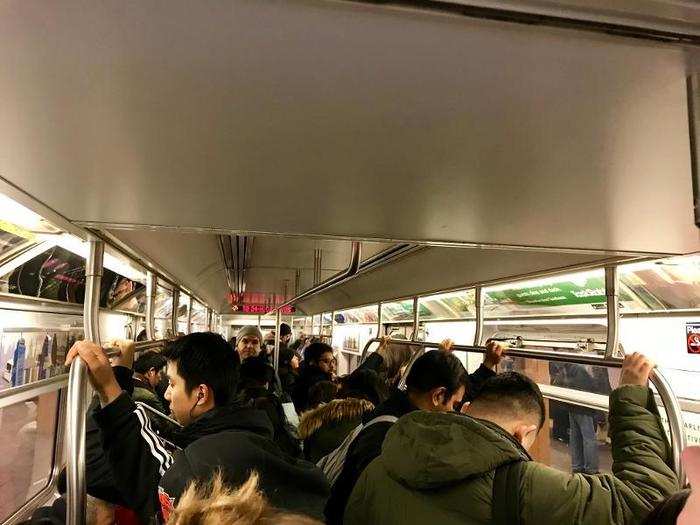
From here we’ll head due west to Manhattan. Here’s our route:
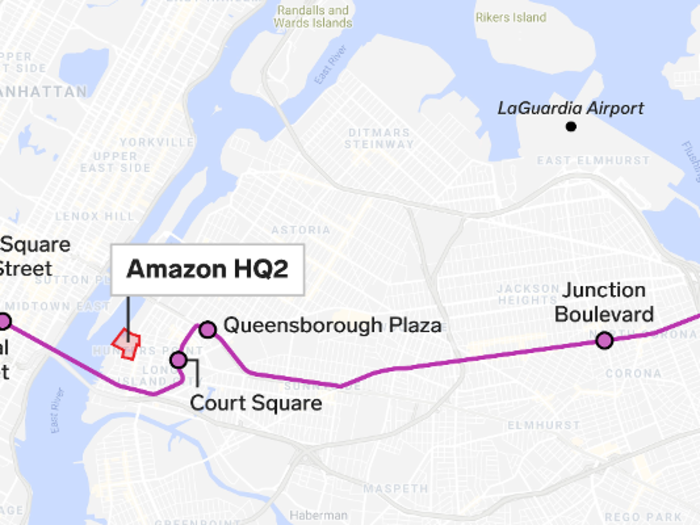
The commute should take just under an hour, according to City Mapper — and there’s good service on the line, at least according to the official MTA site, which is known to be pretty unreliable.
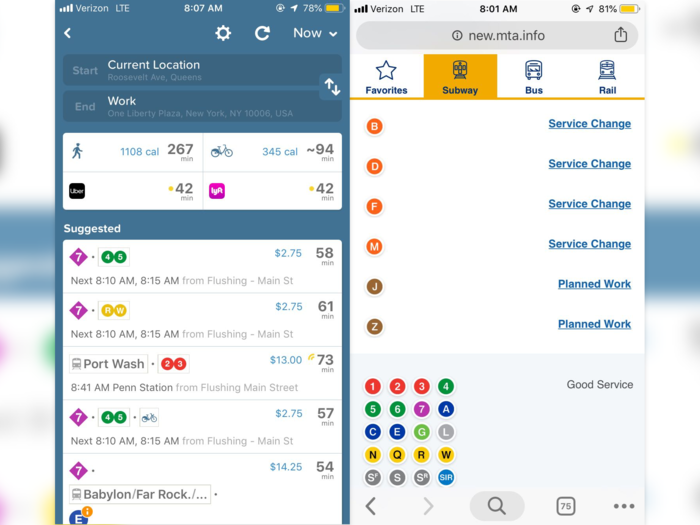
Usually, my trips on the 7 train are to Citi Field to watch the New York Mets. We pass the stadium right after leaving Flushing, but it’s empty today.

I caught a brief glimpse as we passed — but it was already getting too crowded to take truly excellent photos. (I’m also starting to get weird looks at this point…)
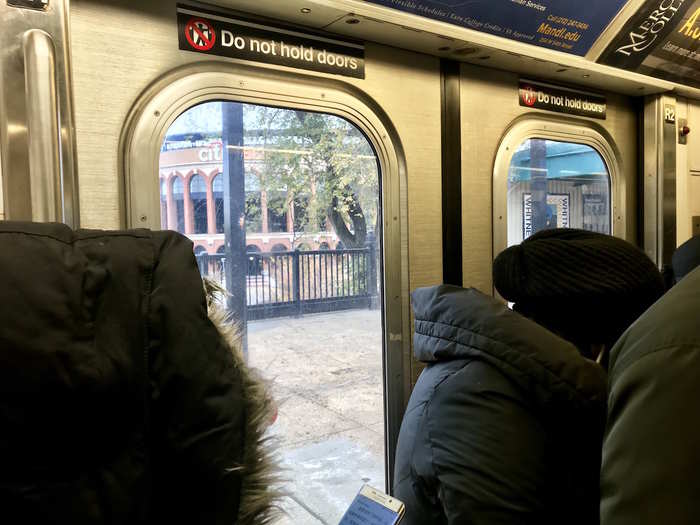
Mets-Willets Point is stop number 2, and already more people are piling in. Here’s a look at how crowded the car is now (and I’m in the very first car!)
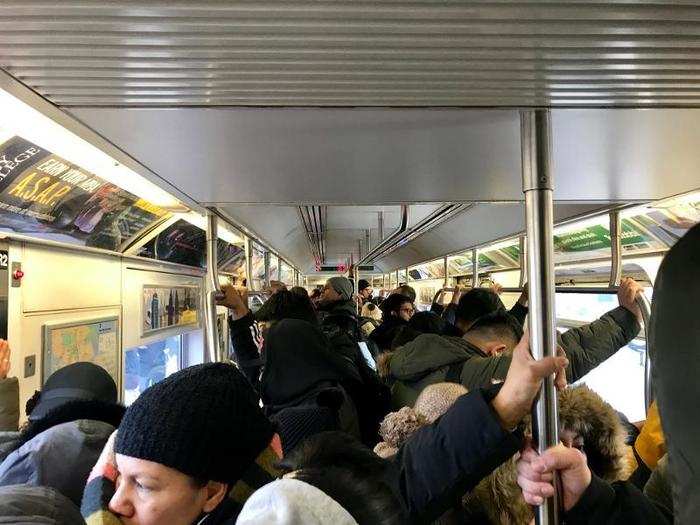
By stop number 3 — still a world away from busy 42nd street — our train is already too full for more passengers.
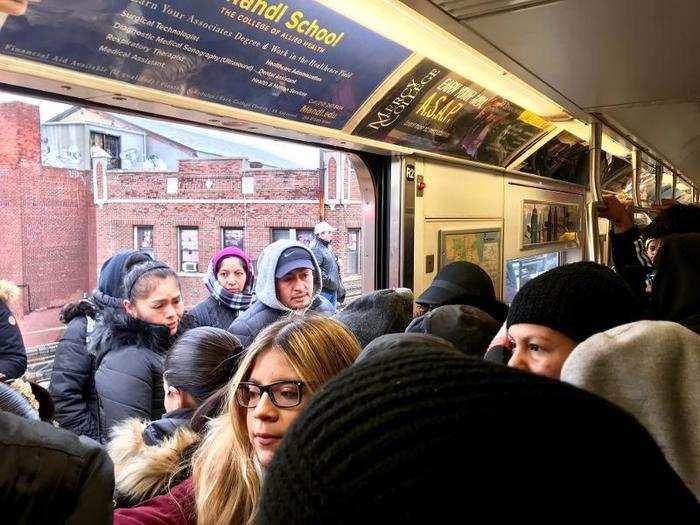
Not everyone made it on the train. Theoretically, there is another train 2-5 minutes behind this one, according to the published schedules, but any regular subway commuter can tell you it’s a crap shoot.
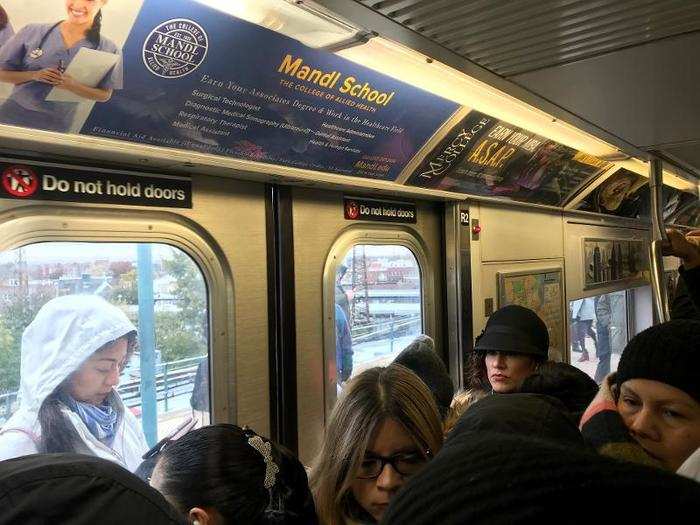
Rush hour platforms are not much fun. By Junction Boulevard, there’s not even room to walk — and once the doors open, things can get dicey as people shuffle to make it on the train
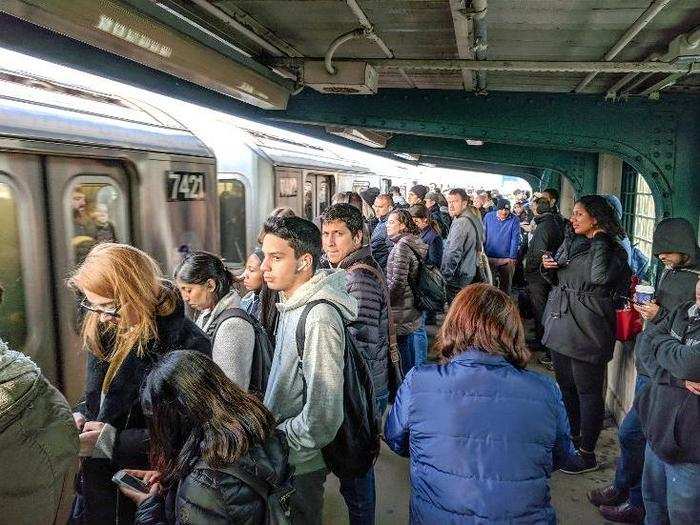
There’s not much to see once I’m squished into the mob of straphangers. I did manage to finagle a spot near the window at least, so here’s a blurry shot out the front.
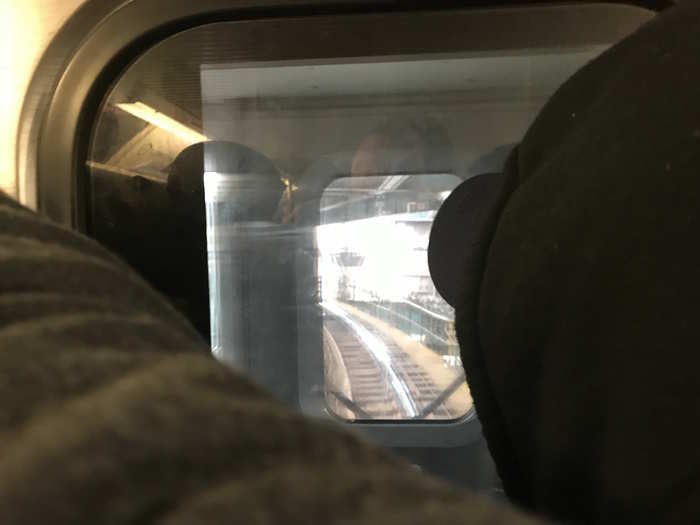
Finally, we arrived at Court Square, a major transfer point in Long Island City and one of the closer stops to Amazon’s new headquarters. I hopped off the train to check out the crowds here.
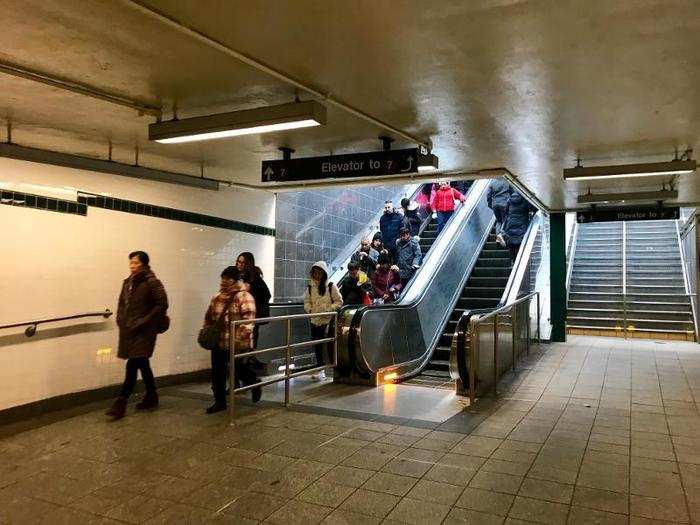
Traffic was flowing smoothly this morning, but with just one escalator in either direction, things could quickly get dicey, especially if one of the three lines that connect here has an issue.
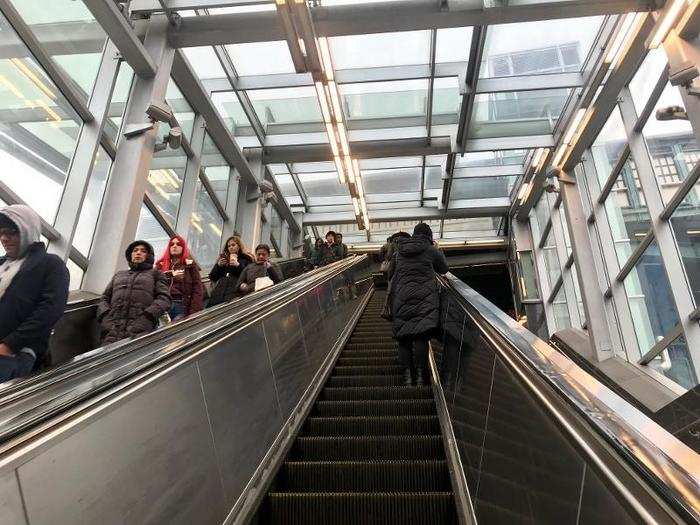
Here’s an overview of transit in the area. Amazon specifically mentioned transit in its pitch to cities, and Long Island City has four subway lines, a commuter rail, a ferry dock, and plenty of buses and roads.
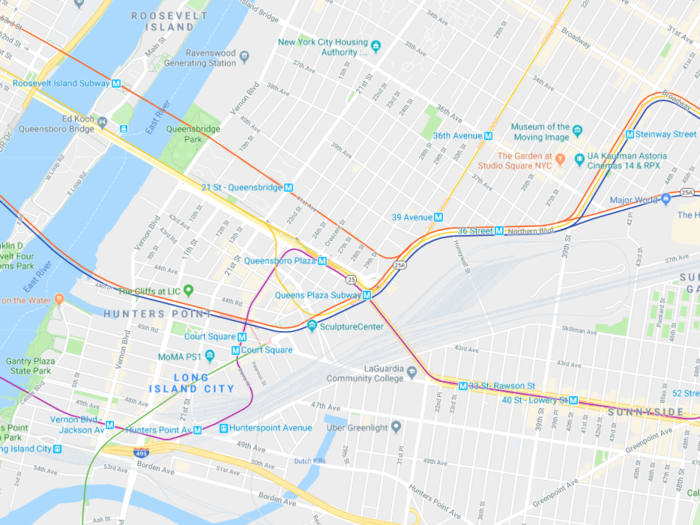
Of course, it remains unclear if Jeff Bezos himself will be taking the 7 train. Amazon’s deal with New York City also includes provisions to build a heliport near its new headquarters.
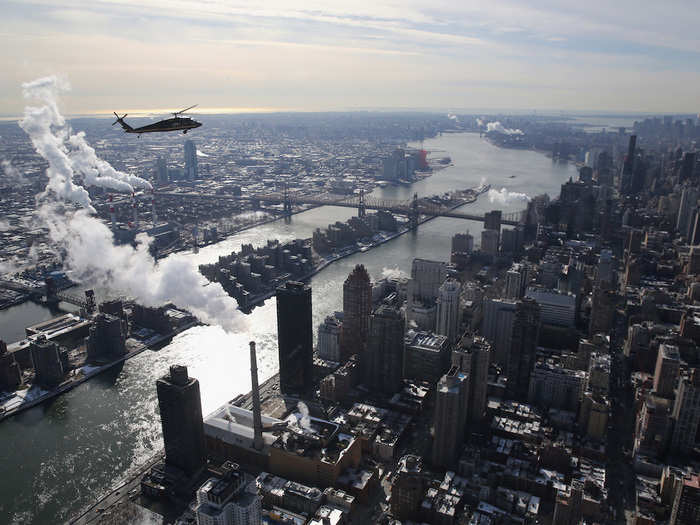
Back on the 7 train platform at Court Square, things have cleared out a bit (a train just left, and this stop is served by both local and express service.) Still, every train that pulls in is packed to the gills.
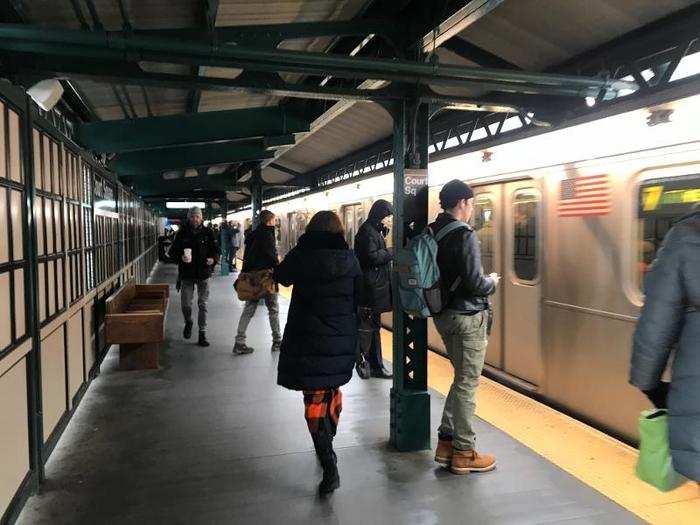
Finally, we arrive at Grand Central, the largest train station in North America and an architectural icon that serves 750,000 people every day... but the subway station underneath is less than stellar.
I’ve got to fight through these crowds to get up two sets of escalators from the 7 train platform in order to transfer to another line and go downtown to Business Insider’s headquarters. My route, down Lexington and Park Avenues on the 5 train, happens to be the busiest transit line in all of North America.
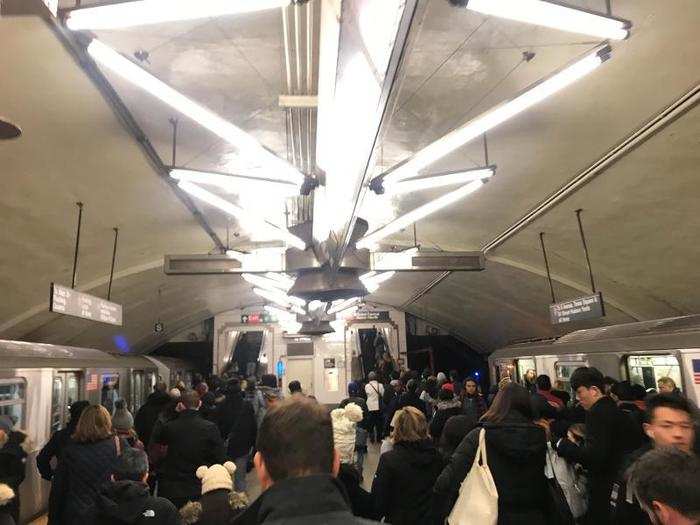
And once on the platform, things don’t seem to be any less crowded.
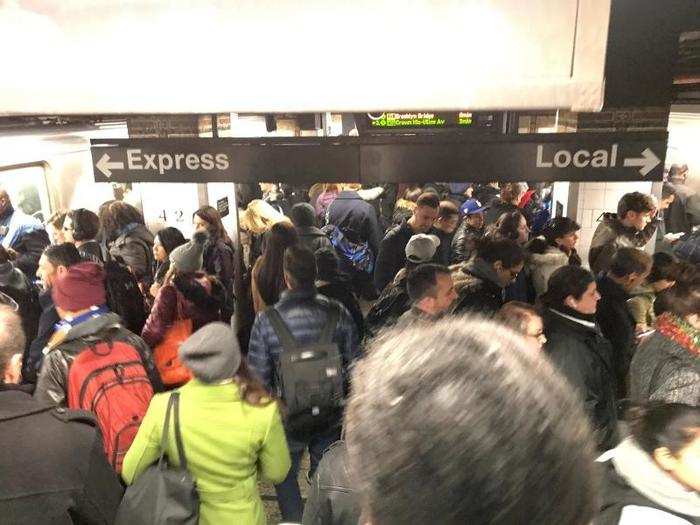
So will Amazon's new headquarters make things worse? It definitely won’t help. Subway ridership has exploded in New York City over the past few decades, leading to an in-kind uptick in delays.
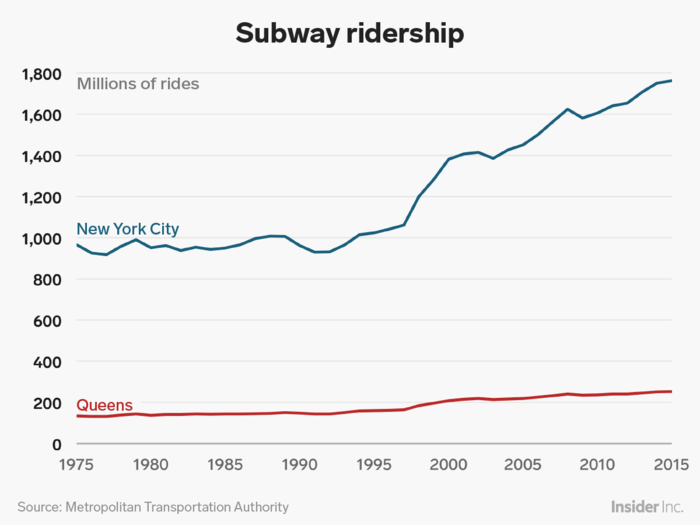
On a percent change basis since 1975, Queens has seen ridership grow 88% versus the City’s overall 82% increase.

But things are starting to change — slowly. Since Governor Andrew Cuomo declared the system in a state of emergency and hired Andy Byford as new head of New York City Transit, things are slowly turning around. The amount of 7 train trips that were completed on time rose very slightly in the past year.
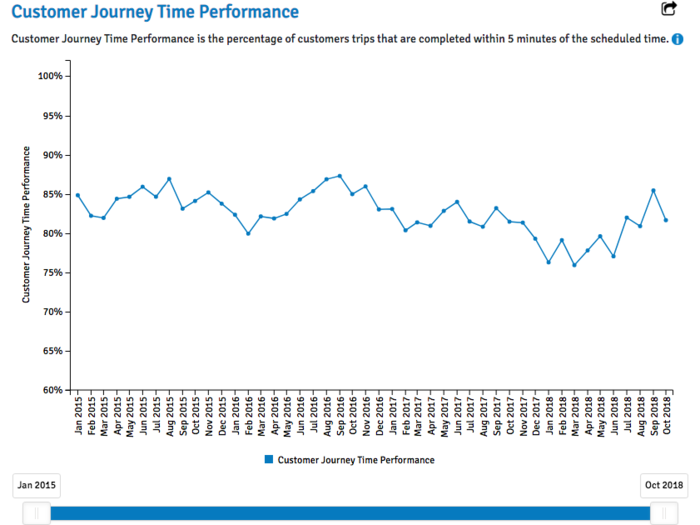
Why is it so hard to improve service? The subway is old. Really, really, old. And most of the signals, switches, and more haven’t been upgraded from the original century-old technology.
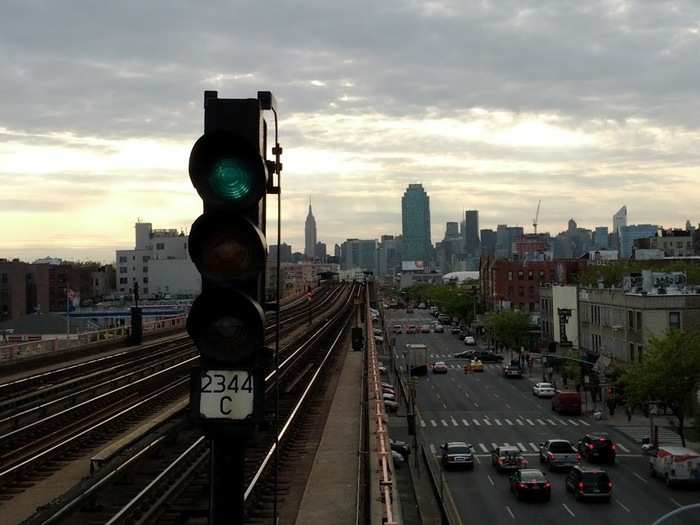
The equipment isn’t even supported by the rest of the railroad industry, the MTA Switches must be physically moved via a handle by a subway employee in a control room, like this one:
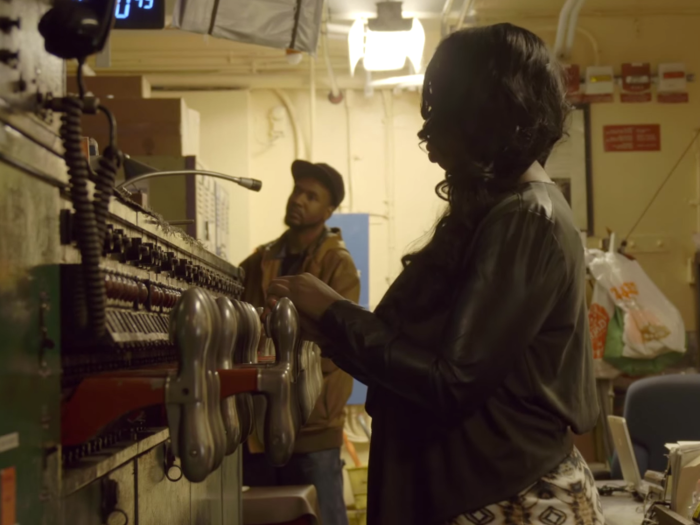
Even schedules and train statistics are tracked by hand.
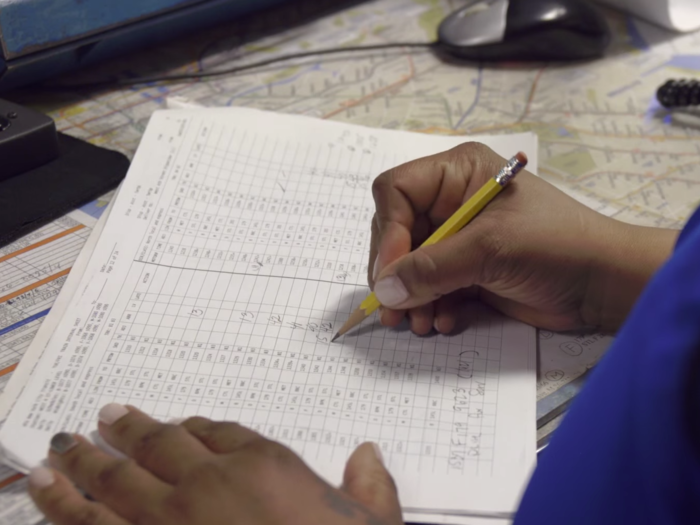
Sometimes, faulty wiring, water, rats or anything else can trip a green signal and make it turn red without a train actually passing. This slows down traffic on the entire line, because a train can not go through a red signal — if it does, its emergency brakes will activate and make the situation even worse.
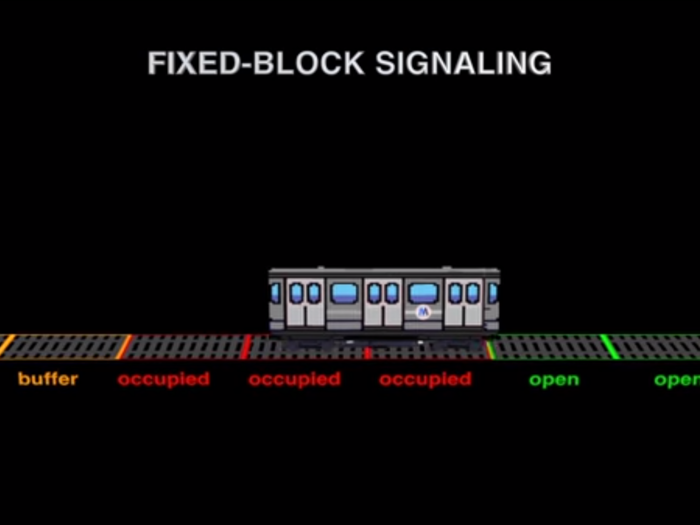
This diagram shows how the “fixed-block” signaling works, once a train passes, two blocks remain red and prevent collisions. It may be old technology, but it’s a fail-safe. That’s why it’s been able to stay in service for so long.
Luckily, change is coming. The 7 train will be the next to get communications-based train control, or CBTC, which is already in place on the Canarsie Line (L train).
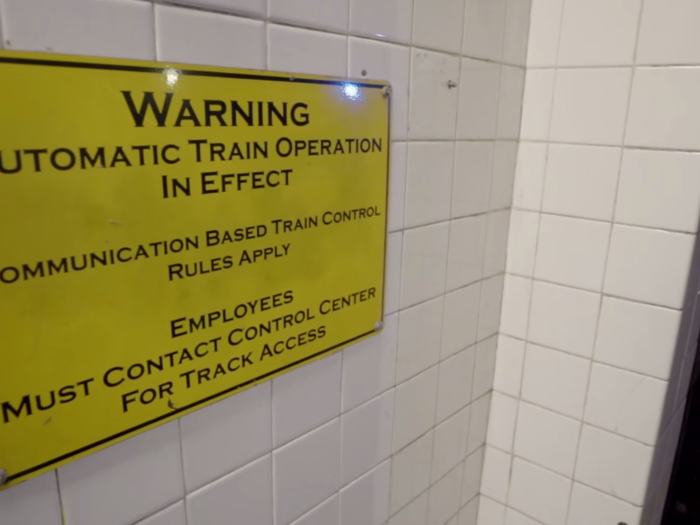
The system allows more trains to run per hour by letting controllers see the actual location of trains, and allowing individual trains to adjust their speeds based on the trains in front of it. Here’s a comparison:
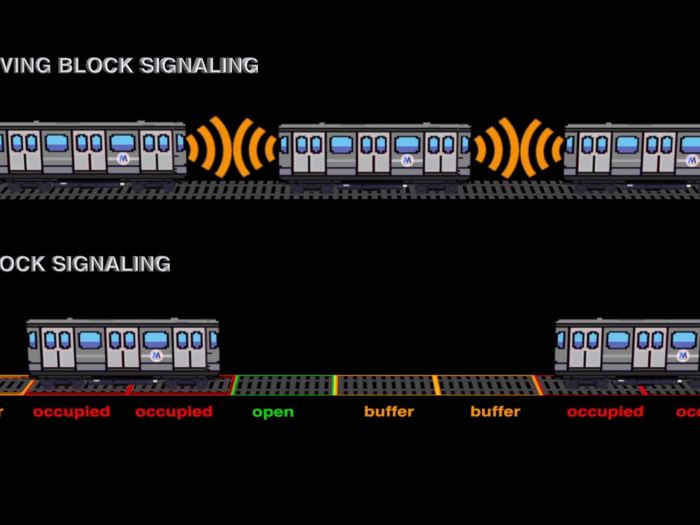
It’s made possible with transponders on the bottom of each train.
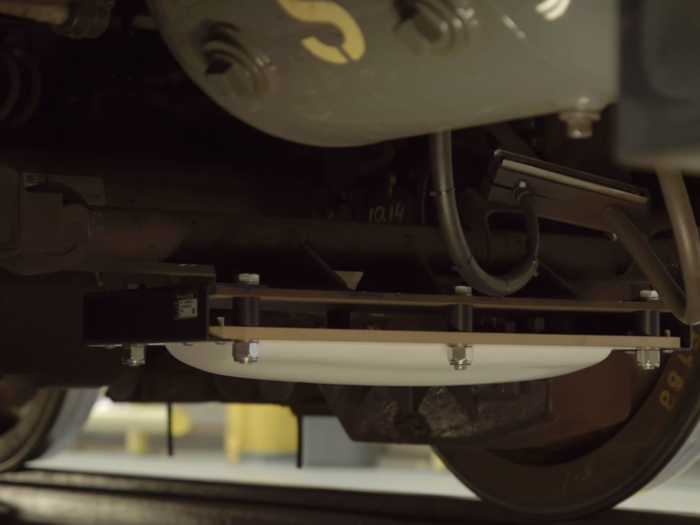
But in order to install those — the trains have to come out of service.
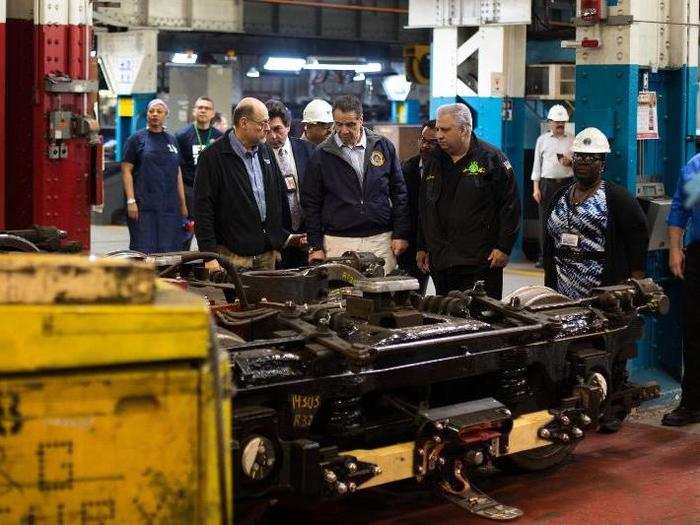
But it’s been years in the works, and construction has caused massive headaches for regular commuters — especially on weekends and overnight, when big chunks of the line are shut down entirely for installation. It was supposed to be completed in 2016.
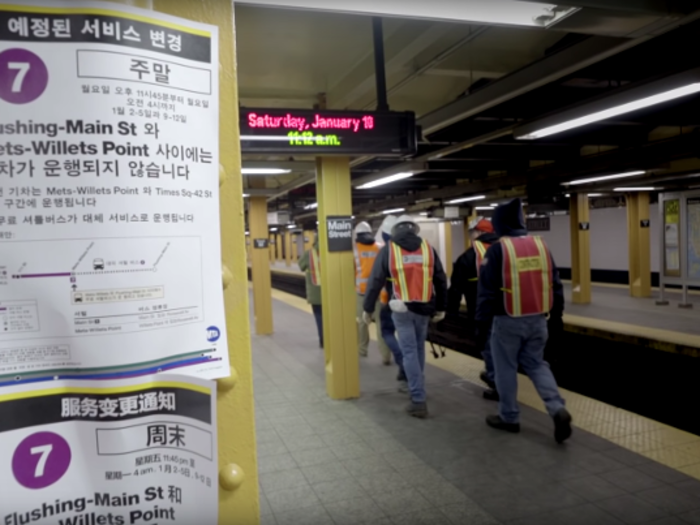
Once finished, the MTA says it will be able to add five round-trip trains during morning rush hour, and nine additional during the evening rush. Not only is that not enough to handle the Amazon influx, but there’s another imminent problem…
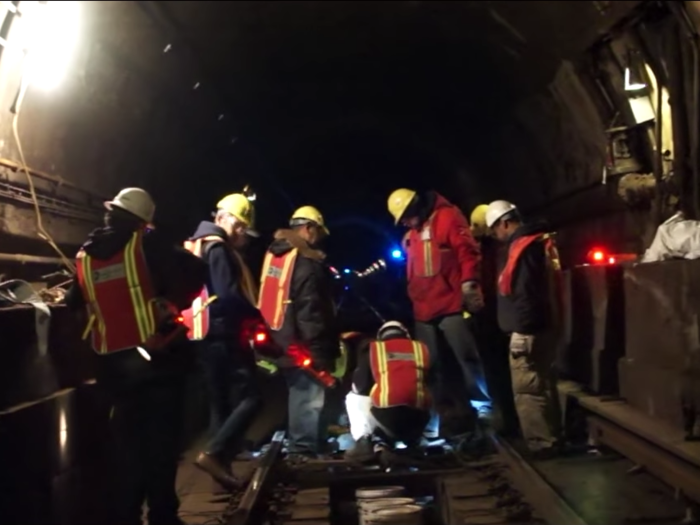
The 7 train will be truly put to the test when the only other line with CBTC, the L train, shuts down entirely for 18 months starting in April. All of those riders — the 400,000 that depend on it daily — will be forced to find other ways into the city, and the 7 is primed to be one of their top choices.
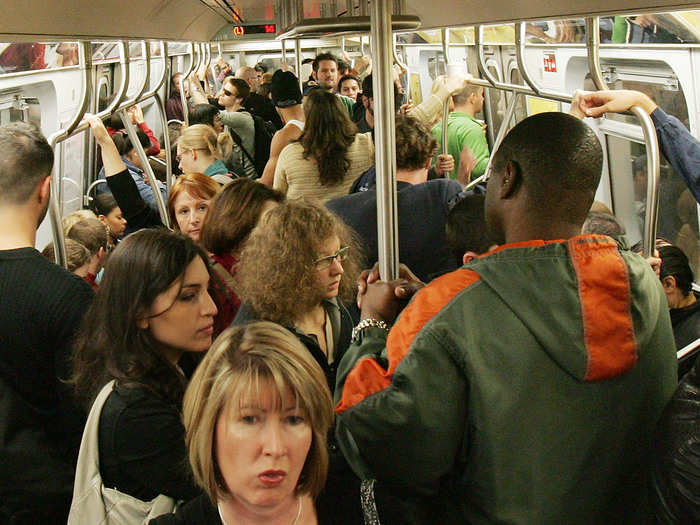
Like the 7 train, the L is packed — and many of these people will be headed north to the 7.
The shutdown is necessary to fix damage from Hurricane Sandy, which in 2012 devastated the Canarsie tubes with millions of gallons of saltwater.
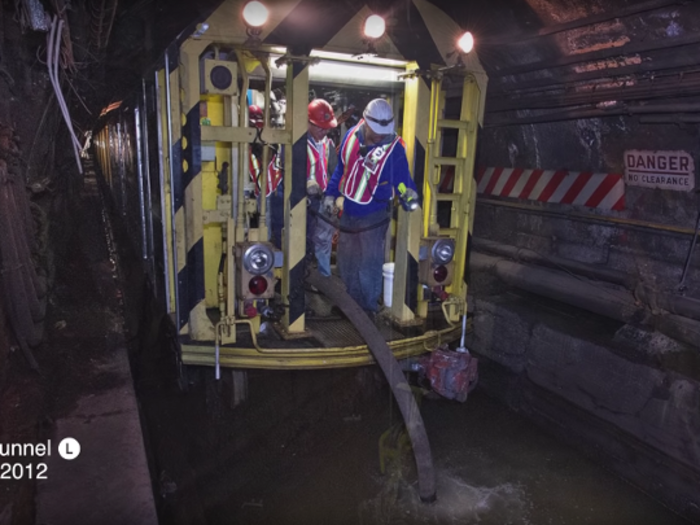
The flooding effectively ruined miles of electronic signalling equipment, all of which had to be rebuilt. The closure is allowing those repairs to be made permanent.
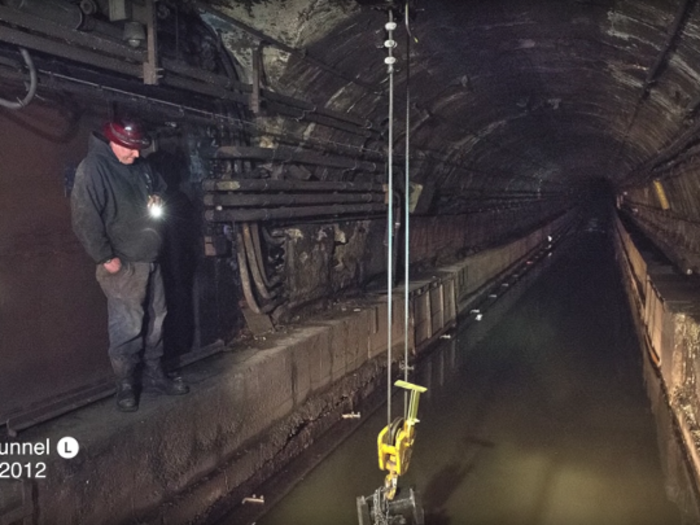
So until the L train shutdown is complete, and CBTC is fully up and running on the 7 train — Amazon employees will have to deal with more of these crowds.
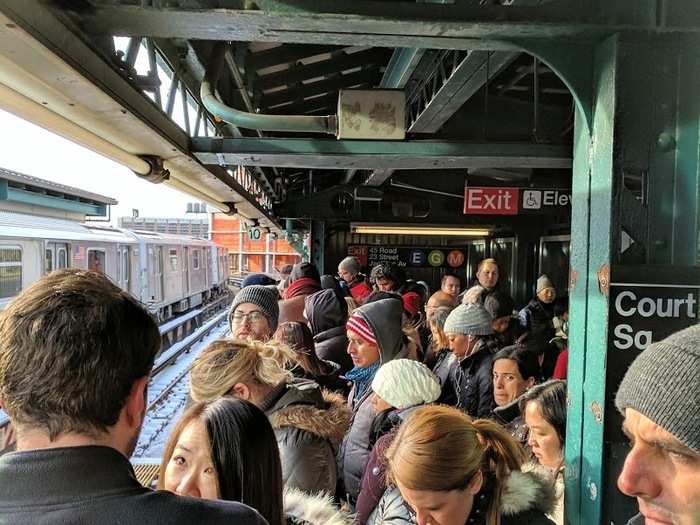
And probably let a few trains go by before they make it onto one.
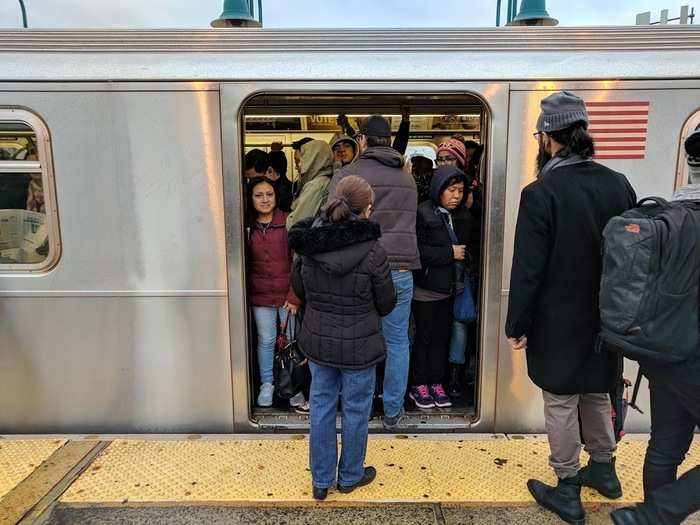
Welcome to New York, Amazon.
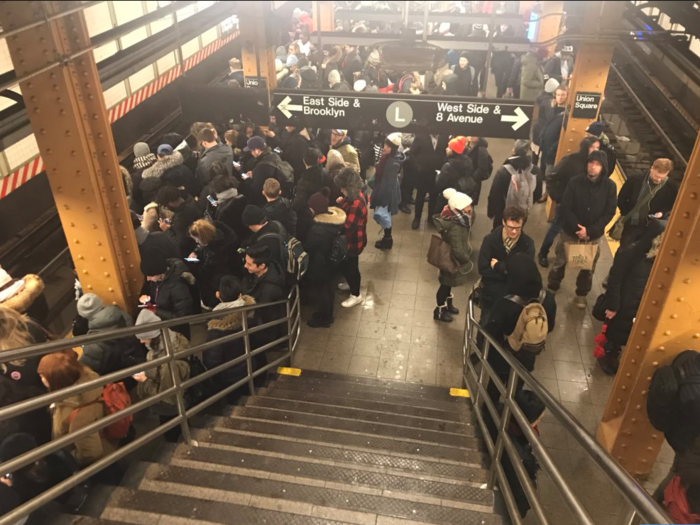
Gut-wrenching photos show what a hellish nightmare it already is to get around Long Island City, Amazon's new HQ2 headquarters

- Amazon officially announces its HQ2 will be split between New York and Virginia
- Amazon finally explains why it's cutting its second headquarters in half
- Arlington, Virginia, lured in Amazon with promises of a helipad and a cash grant of up to $550 million
- New York City has lured Amazon with more than $1.5 billion in incentives — here's what else they agreed to
- The losers of Amazon's HQ2 contest have been revealed — but some locals are rejoicing
Popular Right Now
Popular Keywords
Advertisement